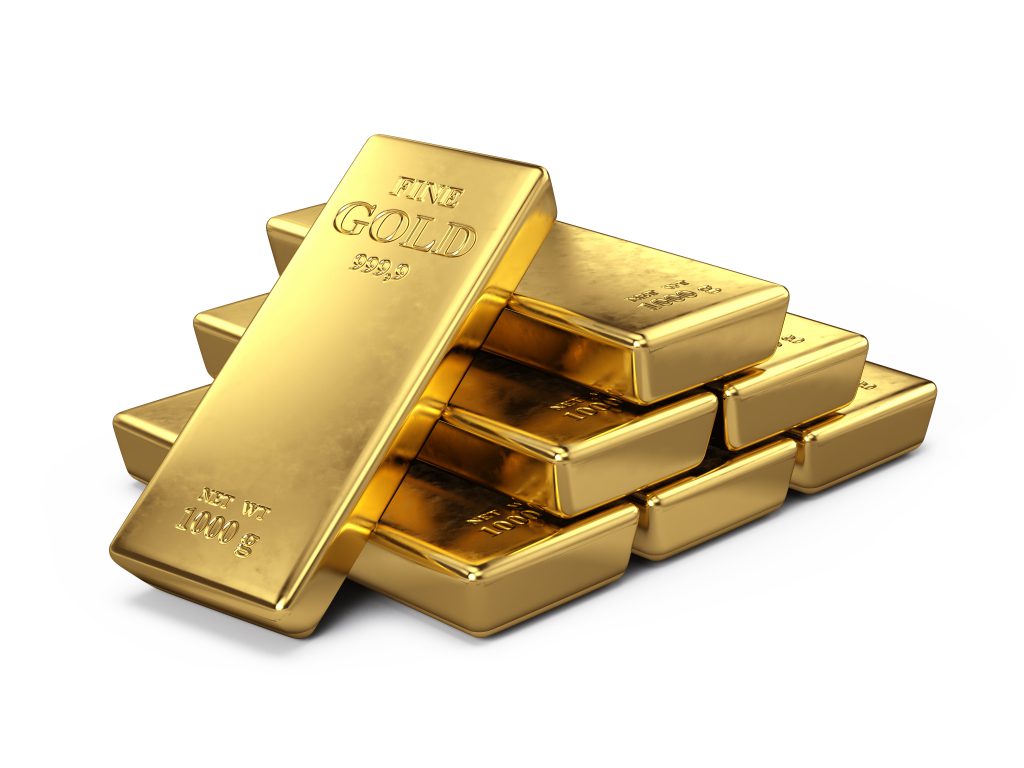Global gold reserves rose 145.5 tons in the first quarter, a 68 percent increase from a year earlier, the World Gold Council said Thursday in a report. Russia remains the largest buyer as the nation reduces its U.S. Treasury holdings as part of a de-dollarization drive.
“We’ve seen a continuation of the strong demand from central banks,” said Alistair Hewitt, head of market intelligence at the World Gold Council. “We’re expecting another good year for central bank purchases, although I’ll be pleasantly surprised if they are to match the level seen in 2018.”
As well as regular buyers such as Kazakhstan and Turkey, the first quarter also saw Ecuador adding to its reserves for the first time since 2014, plus sizable purchases by Qatar and Colombia, the council said. The buyers are dominated by countries looking to reduce their dollar dependency, and are typically nations with a lower share of reserves in gold than Western European countries.
Central bank purchases have been a key support for gold, helping to offset lower demand from bar and coin investors as well as from industrial users of the metal. Gold has lost 1 percent so far this year, and was trading at about $1,270 an ounce in London on Thursday.
Inflows into exchange-traded funds backed by gold during January have been wiped out over the rest of the year, with ETF levels now at their lowest in four months.
On the supply side, World Gold Council revised its estimates for the contribution of small-scale, “artisanal,” miners, following a reassessment by its primary data provider Metals Focus Ltd. The sector is estimated to account for 15 to 20 percent of global gold mine production.
In countries such as Zimbabwe, small-scale miners account for more than half the gold production and are a vital part of the economy. Under new guidelines from the London Bullion Market Association, such miners may have a tougher time selling their gold legitimately because some of their haul could be classified as “blood gold” — produced outside any safety or environmental rules and possibly contributing to such crimes as child labor and slavery.
The SPDR Gold Shares(NYSE:GLD), VanEck Vectors Gold Miners ETF (GDX) rose $0.03 (+0.15%) in after-hours trading Thursday. Year-to-date, GDX has declined -13.21%, versus a 9.55% rise in the benchmark S&P 500 index during the same period.
GDX currently has an ETF Daily News SMART Grade of C (Neutral), and is ranked #8 of 35 ETFs in the Precious Metals ETFs category.
This article is brought to you courtesy of Yahoo! Finance.

